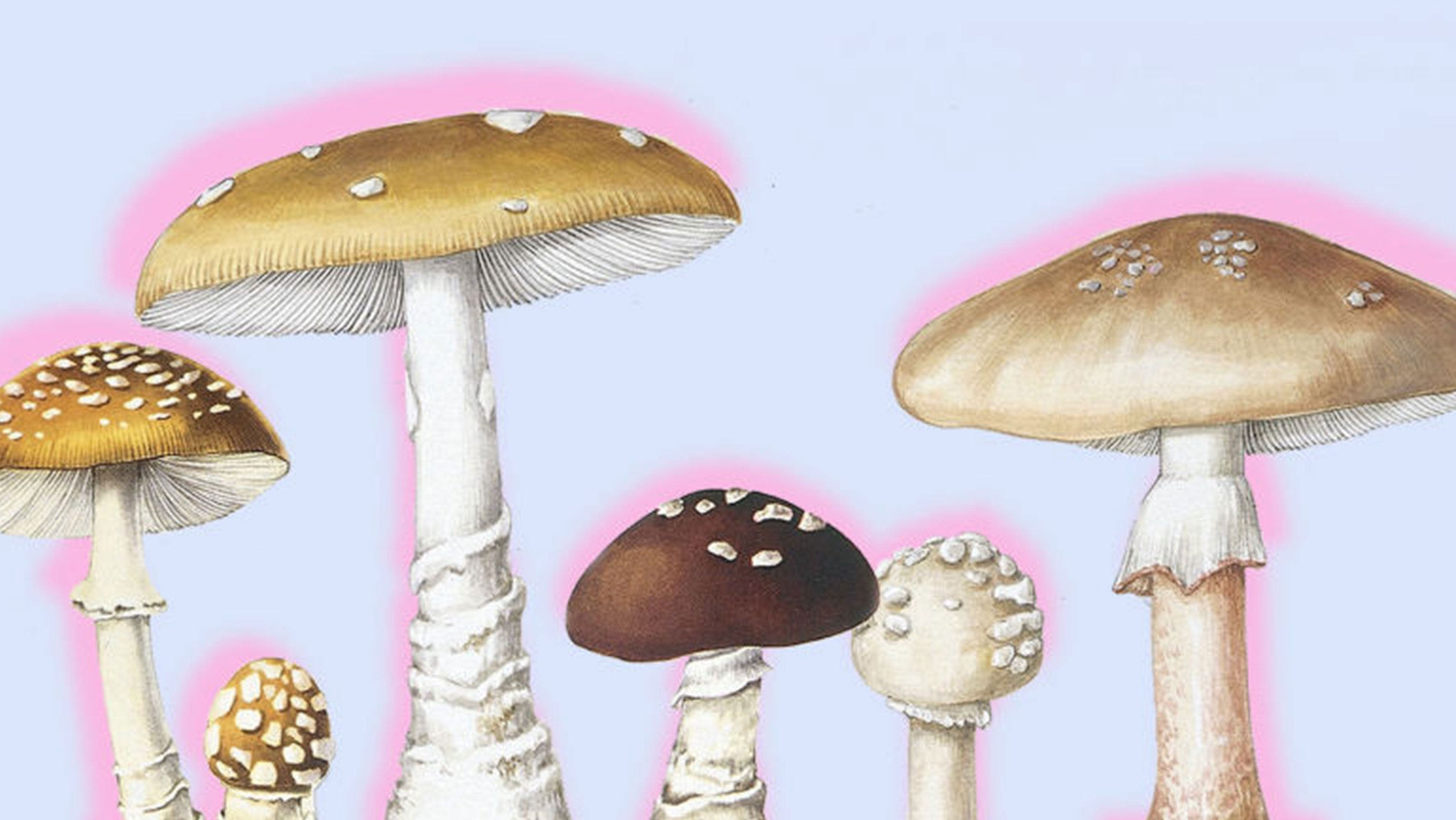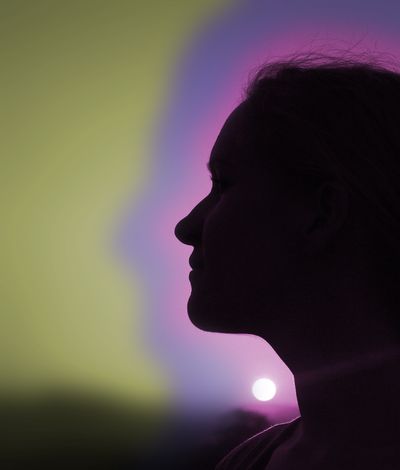
Microdosing sounds like such a new concept (it is, after all, the latest "trend" in "drug culture"), but who didn't do some accidental recreational microdosing in college? Like that time my friend and I decided to eat just a small amount of mushrooms to enhance the sun and sand of our beach vacation as opposed to the "normal" full dose that, back on campus at Bard College, turned us into bug-eyed weirdos?
Since then, I've learned about the medicinal and supplemental uses of mushrooms and LSD to treat everything from chronic headaches to post traumatic stress disorder to clinical depression to general anxiety. Aside from microdosing to alleviate disruptive, painful, or otherwise unpleasant conditions, it's also become popular to microdose as a way to increase productivity or stimulate ideas. This is much of the motivation in Silicon Valley, where tech bros are dropping a bit of acid into their morning water in the hopes it helps them think of the next Snapchat.
I decided to try it out for myself. Like many, I suffer from occasional bouts of depression and anxiety, but I've never felt comfortable using pharmaceuticals. Maybe this was my (yes, okay, slightly experimental) answer.
Look, I'll be honest—I don't exactly know what I expected, but the results were better than I could have imagined. Within a few hours of my first microdose I had snapped out of my pity party and was cheerily going about household chores. I hadn't forgotten about the issues that were bothering me, I just wasn't upset about them anymore. Over the next day or two I noticed the textbook effects of microdosing: my to-do lists were checked off in half the time it normally took, my mood was good (and, more importantly, very stable), and I seemed to be less attached to my own sense of self or ego and more in touch with the needs of others. I was relieved to find that the dose had no adverse effect on my eating or sleeping habits, and if anything made it easier for me to choose healthy options and sleep more soundly.
"I hadn't forgotten about the issues that were bothering me, I just wasn't upset about them anymore."
I followed a routine of dosing roughly every five days for three weeks. It became difficult to tell if my change in mood and outlook was due to the dosing or the super healthy diet, plenty of exercise, and a steady stream of good work that resulted—I started to suspect, if subconsciously, that my lifestyle changes may have had more to do with these welcomed shifts than anything else, and that I could have done them without microdosing first.
So eventually, I stopped taking my weekly dose. The first few days were fine, but coming up on 12 days I noticed the anxiety creep back up. The feeling was all too familiar: a frantic, ever-present fear that left me on the brink of tears, with rampant insomnia and a racing heart. I tried to breathe deeply and calm myself down, get to sleep, and stop worrying that I had whatever type of cancer I happened upon in a recent clickbait post. As before the microdosing, I was able to function, and even find joy and moments of relief day to day, but the stress was suffocating.

I ended up going back to microdosing, and found all of the benefits calmly waiting for me. The stress melted away, I stopped worrying, let go of irrational fears, and faced the real stressors of modern-day life with courage and acceptance. I like that it's not a distraction from problems or bad feelings the way other drugs or alcohol might be. Rather it provided relief and allowed me to be positive—or at least neutral—about things that would otherwise seem bad.
Get exclusive access to fashion and beauty trends, hot-off-the-press celebrity news, and more.
Research says that neither LSD nor mushrooms are physically addictive, which made me feel more comfortable with the whole thing. I never experienced any come-down, like you would expect after taking a larger dose of drugs, and virtually no come-up, either. Once or twice I noticed my body respond immediately after dosing the same way I feel from a cup of coffee: a sense of perking up, and maybe a trip to the bathroom. There were no hallucinations or trippy realizations.
While I didn't experience any negative side effects, it's worth mentioning the importance of sourcing and dosing correctly. Both LSD and mushrooms are illegal substances, which makes them difficult to find, and even more difficult to verify their quality and strength. There are so many factors that can determine potency, and there's a fine line between heightening your senses and mental capacity in a beneficial way and tipping the scale into unfamiliar feelings that could actually provoke anxiety. As a precaution I only ever dosed on days I could work from home. The one time I took 50 percent more than normal, I did feel a little funny, but after an hour or so of relaxing it all settled into place.
Ending my experiment was, I have to say, bittersweet. On the one hand, I had found a "drug" that targeted all of the issues I was having with no side effects, and it while it wasn't covered by my health insurance, it wasn't expensive either. On the other hand, I knew it wasn't a realistic long-term option since LSD and mushrooms are both still illegal in the United States. But we've seen progress with medical marijuana, so why not medical hallucinogens, which could help everyone from migraine sufferers to war veterans to the mentally and terminally ill?
Whatever happens, it worked for me. I may not do it all the time, or even very often, but just knowing it's there if I need it calms me down—and maybe, for now, that's enough.